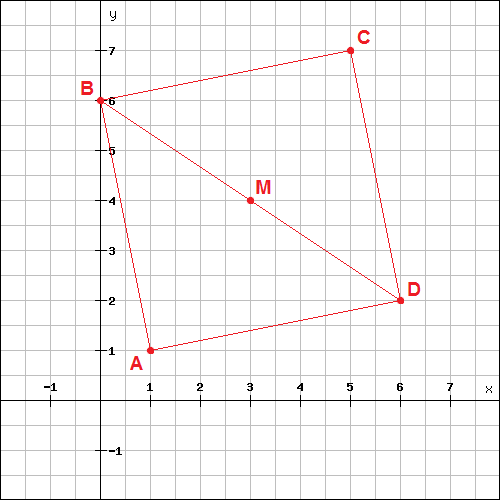Events & Promotions
|
|

GMAT Club Daily Prep
Thank you for using the timer - this advanced tool can estimate your performance and suggest more practice questions. We have subscribed you to Daily Prep Questions via email.
Customized
for You
Track
Your Progress
Practice
Pays
Not interested in getting valuable practice questions and articles delivered to your email? No problem, unsubscribe here.
- Nov 20
07:30 AM PST
-08:30 AM PST
Learn what truly sets the UC Riverside MBA apart and how it helps in your professional growth - Nov 20
01:30 PM EST
-02:30 PM IST
Learn how Kamakshi achieved a GMAT 675 with an impressive 96th %ile in Data Insights. Discover the unique methods and exam strategies that helped her excel in DI along with other sections for a balanced and high score. - Nov 22
06:30 AM PST
-08:30 AM PST
Let’s dive deep into advanced CR to ace GMAT Focus! Join this webinar to unlock the secrets to conquering Boldface and Paradox questions with expert insights and strategies. Elevate your skills and boost your GMAT Verbal Score now! - Nov 22
11:00 AM IST
-01:00 PM IST
Do RC/MSR passages scare you? e-GMAT is conducting a masterclass to help you learn – Learn effective reading strategies Tackle difficult RC & MSR with confidence Excel in timed test environment - Nov 23
11:00 AM IST
-01:00 PM IST
Attend this free GMAT Algebra Webinar and learn how to master the most challenging Inequalities and Absolute Value problems with ease. - Nov 24
07:00 PM PST
-08:00 PM PST
Full-length FE mock with insightful analytics, weakness diagnosis, and video explanations! - Nov 25
10:00 AM EST
-11:00 AM EST
Prefer video-based learning? The Target Test Prep OnDemand course is a one-of-a-kind video masterclass featuring 400 hours of lecture-style teaching by Scott Woodbury-Stewart, founder of Target Test Prep and one of the most accomplished GMAT instructors.
Kudos
Bookmarks
C
Be sure to select an answer first to save it in the Error Log before revealing the correct answer (OA)!
Difficulty:
 85%
(hard)
85%
(hard)
Question Stats:
54% (02:32) correct 46%
(03:09)
wrong
46%
(03:09)
wrong  based on 377
sessions
based on 377
sessions
History
Date
Time
Result
Not Attempted Yet
If on the coordinate plane (6, 2) and (0, 6) are the endpoints of the diagonal of a square, what is the distance between point (0, 0) and the closest vertex of the square?
A. \(\frac{1}{\sqrt{2}}\)
B. 1
C. \(\sqrt{2}\)
D. \(\sqrt{3}\)
E. \(2\sqrt{3}\)
M15-19

A. \(\frac{1}{\sqrt{2}}\)
B. 1
C. \(\sqrt{2}\)
D. \(\sqrt{3}\)
E. \(2\sqrt{3}\)
M15-19
Experience GMAT Club Test Questions
Yes, you've landed on a GMAT Club Tests question
Craving more? Unlock our full suite of GMAT Club Tests here
Want to experience more? Get a taste of our tests with our free trial today
Rise to the challenge with GMAT Club Tests. Happy practicing!

Kudos
Bookmarks
Please find the detailed solution. Any short method or a trick that could give the answer within 2 minutes is highly appreciated.
Attachments
IMG_20191004_005211.jpg [ 3.93 MiB | Viewed 23292 times ]
Kudos
Bookmarks
aviddd
Attachment:
midpoint E.png [ 196.78 KiB | Viewed 18856 times ]
Attachment:
triangle EFC.png [ 94.3 KiB | Viewed 18779 times ]
To determine the location of D, rotate triangle EFC 90 degrees clockwise about point E.
The result is triangle EGD in the figure below:
Attachment:
triangle EGD.png [ 191.69 KiB | Viewed 18712 times ]
D = (1, 1)
From here, we can determine that the distance between D and the origin \(= \sqrt{2}\), as shown in my earlier post.

















